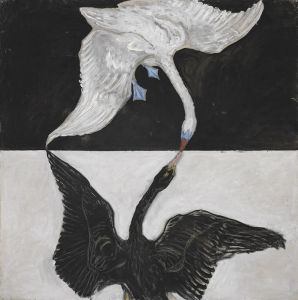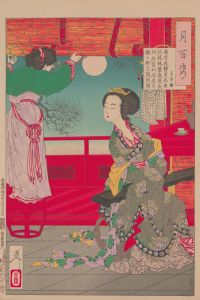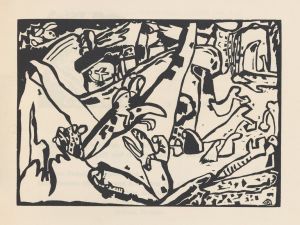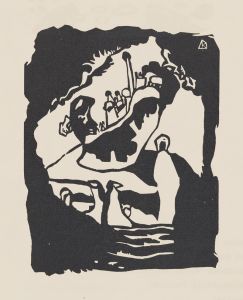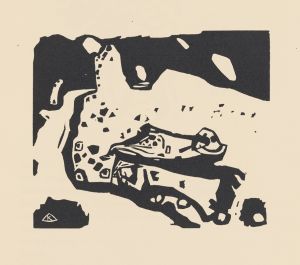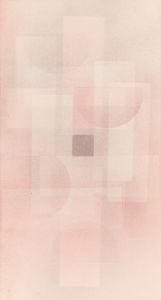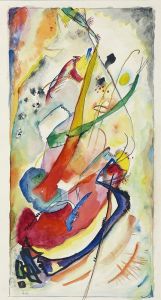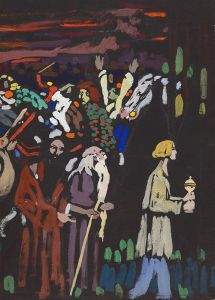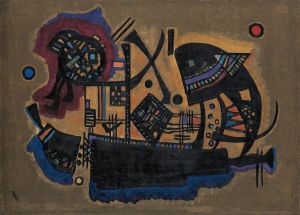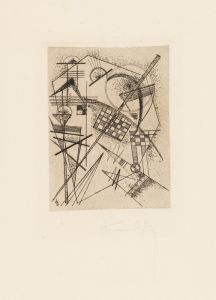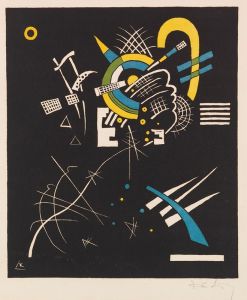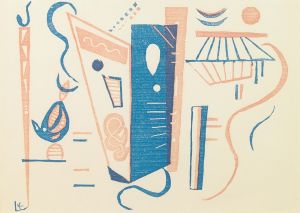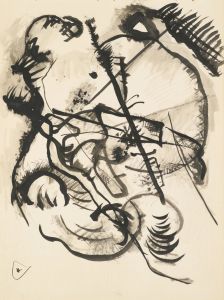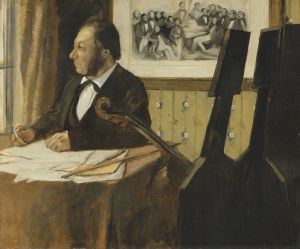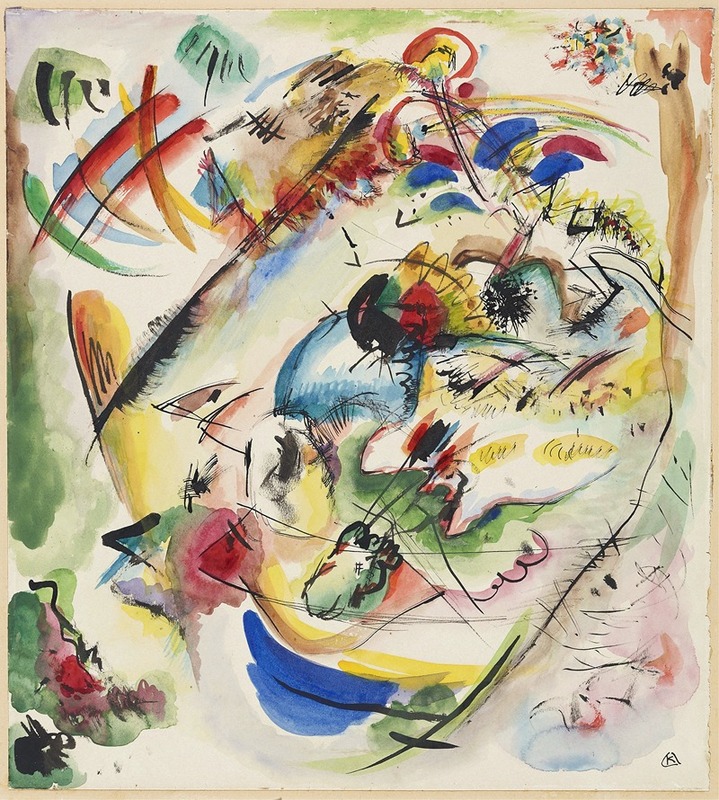
Draft for ‘Dreamy Improvisation’
A hand-painted replica of Wassily Kandinsky’s masterpiece Draft for ‘Dreamy Improvisation’, meticulously crafted by professional artists to capture the true essence of the original. Each piece is created with museum-quality canvas and rare mineral pigments, carefully painted by experienced artists with delicate brushstrokes and rich, layered colors to perfectly recreate the texture of the original artwork. Unlike machine-printed reproductions, this hand-painted version brings the painting to life, infused with the artist’s emotions and skill in every stroke. Whether for personal collection or home decoration, it instantly elevates the artistic atmosphere of any space.
Wassily Kandinsky, a pioneer of abstract art, created the painting Dreamy Improvisation in 1913. This work is part of his series of "Improvisations," which he began in 1909. Kandinsky used the term "Improvisation" to describe spontaneous, intuitive works that were not pre-planned but instead emerged from his inner emotions and spiritual experiences. These paintings often reflect his belief in the connection between art, music, and spirituality.
Dreamy Improvisation is an oil-on-canvas painting that exemplifies Kandinsky's transition from representational art to abstraction. The composition features dynamic, flowing forms and vibrant colors, which are characteristic of his work during this period. While the painting does not depict a specific scene or narrative, it evokes a sense of movement and emotion, inviting viewers to interpret it subjectively. Kandinsky believed that colors and shapes could convey feelings and ideas without relying on recognizable imagery, a concept that was central to his artistic philosophy.
The painting was created during a time of significant experimentation and innovation in Kandinsky's career. By 1913, he had developed a unique visual language that combined elements of Fauvism, Symbolism, and his own theories about the spiritual power of art. Kandinsky's use of bold, contrasting colors and free-form shapes in Dreamy Improvisation reflects his desire to create a "pure" art form that transcended the material world.
Kandinsky's work during this period was heavily influenced by his theoretical writings, particularly his 1911 book Concerning the Spiritual in Art. In this text, he outlined his ideas about the emotional and spiritual impact of colors and forms, which he applied in his paintings. Dreamy Improvisation can be seen as a visual representation of these ideas, as it seeks to evoke an emotional response rather than depict a tangible subject.
Today, Dreamy Improvisation is recognized as an important example of Kandinsky's contribution to the development of abstract art. It reflects his innovative approach to composition and his belief in the transformative power of art. The painting is held in a private collection and is occasionally exhibited in museums and galleries, allowing audiences to experience Kandinsky's vision firsthand.





